80-82 Cao Duc Lan, District 2, HCMC, Vietnam
+84 76 865 6688
info@beetech.com.vn
+84 76 865 6688
About us
Contact us
80-82 Cao Duc Lan, District 2, HCMC, Vietnam
+84 76 865 6688
info@beetech.com.vn
+84 76 865 6688
About us
Contact us

Barcode Technology in the Digital Age: Types, Advantages, Limitations, and How Businesses Can Choose the Right One
In the era of digital transformation and data explosion, barcodes remain one of the most widely used identification technologies in retail, logistics, manufacturing, healthcare, warehousing, and inventory management. While QR Codes, DataMatrix, and RFID have grown rapidly, barcodes continue to play a foundational role thanks to their low cost, high stability, and easy system integration.
However, the market offers many different barcode types, each serving a specific purpose. Choosing the right barcode is essential to helping businesses reduce costs, improve operational speed, and minimize errors.
This article provides a comprehensive overview of the most common barcode types, analyzing their advantages and limitations and offering guidance on selecting the right barcode for each business scenario.
A barcode is a method of encoding information into visual patterns so that scanners can read and convert them into digital data. A barcode typically contains vital information such as:
Product details
Pricing
Origin
Batch information
Expiry date
Traceability data
Logistics information
Barcodes are widely used across industries for three main reasons:
Low cost: printing barcode labels costs only a few cents.
Easy deployment: only requires a printer and scanner.
Fast and accurate: scanning takes just 0.2–0.5 seconds per code.
Even with modern technologies emerging, barcodes still excel in low-cost, high-frequency items and fast-paced workflows.
Barcodes are generally divided into two major categories:
1D (linear) barcodes and 2D (two-dimensional) barcodes, each suited for different environments and operational needs.
1D barcodes are the familiar black-and-white vertical stripes commonly seen on product packaging. Their data is encoded horizontally.
Code 128 is considered the most advanced 1D barcode due to its high data density and ability to encode numbers, letters, and special characters.
Advantages:
Stores more information
Fast and stable scanning
Flexible label size
Applications:
Logistics labels
Pallet labels
Carton box labels
Warehouse flow control

Though it stores less data than Code 128, Code 39 offers high durability and can be printed on most materials.
Applications:
Component tracking
Automotive spare parts
Asset management
Machine and equipment labeling

EAN-13 is mandatory for most consumer goods and is tied to the GS1 global system.
Applications:
Supermarkets
Convenience stores
FMCG products
Import–export goods
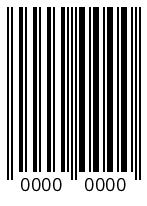
Widely used in the United States and Canada, UPC-A is similar to EAN-13 but contains 12 digits.
Applications:
US-made products
North American retail chains
Consumer goods from US brands

ITF-14 is designed for marking cartons, cases, and pallets.
Advantages:
Prints well on rough surfaces
Easily readable even when bent or scuffed
Applications:
Logistics and distribution
Packing facilities
Warehousing operations
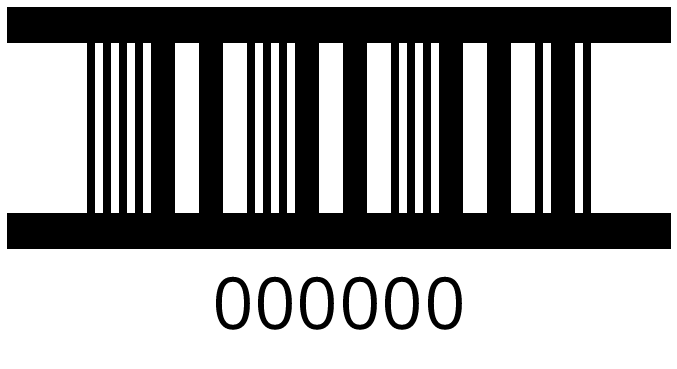
Unlike 1D barcodes, 2D barcodes store information both vertically and horizontally, enabling them to hold hundreds or even thousands of characters.
QR Codes have become the “language” of mobile payments, check-in systems, and traceability.
Advantages:
High data capacity
Readable even when 30% damaged
Easy scanning on any device
Applications:
Digital payments (VietQR, Momo, ZaloPay)
Event check-ins
Digital menus
Agriculture traceability
Website linking

DataMatrix can be printed extremely small, making it ideal for tiny components and pharmaceutical packaging.
Advantages:
Extremely high reliability
Strong error correction
Required by GS1 standards for pharmaceuticals
Applications:
Medicine blister packs and bottles
Semiconductor manufacturing
SMT component labeling
Medical devices

PDF417 stores significantly more data than QR Codes.
Applications:
National ID cards
Driver’s licenses
Boarding passes
International shipping documents

Aztec Codes do not require a white quiet zone around them and can be printed very small.
Applications:
Train and bus tickets
Boarding passes
Digital check-in systems

EAN-13
UPC
QR Code for payments
Barcodes enhance checkout speed and unify product identification across the supply chain.
Code 128
Code 39
DataMatrix
They support traceability, quality inspection, and process tracking.
ITF-14
Code 128
PDF417
These barcodes improve accuracy and speed in inbound, outbound, and inventory workflows.
DataMatrix
QR Code
These barcodes help ensure product authenticity and regulatory compliance.
QR Code
Aztec Code
They allow fast check-in, reduce fraud, and optimize guest experience.
Retail products → EAN-13
Carton labeling → ITF-14
Pallet and warehouse tracking → Code 128
Component manufacturing → DataMatrix
Payments and marketing → QR Code
Electronic ticketing → QR or Aztec Code
Each industry has specific requirements, so choosing correctly from the beginning helps maximize operational efficiency.
The answer is not entirely.
Barcode and RFID will coexist, with each serving different purposes.
Low-cost items
Small packaging
High-volume retail environments
Large warehouses
Real-time tracking
Automated inventory
Pallet and carton-level management
Most modern supply chains combine both technologies to build a smarter, more efficient ecosystem.
Barcodes remain one of the most cost-effective, fast, and universally adopted methods for tracking and managing goods. Understanding the characteristics of each barcode type enables businesses to optimize workflows, reduce mistakes, and improve overall operational efficiency.
A barcode is more than just black-and-white lines—it is the identity of a product.
And understanding this identity is how businesses take control of their operations in the digital era.
📧 Email: info@beetech.com.vn
🌐 Website: https://beetech.com.vn


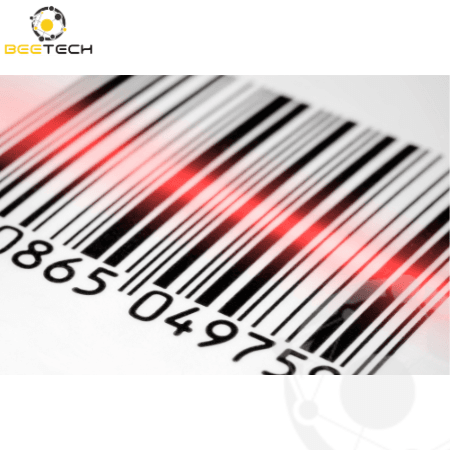
Barcode Technology in the Digital Age: Types, Advantages, Limitations, and How Businesses Can Choose the Right One
18/11/2025 04:12:49
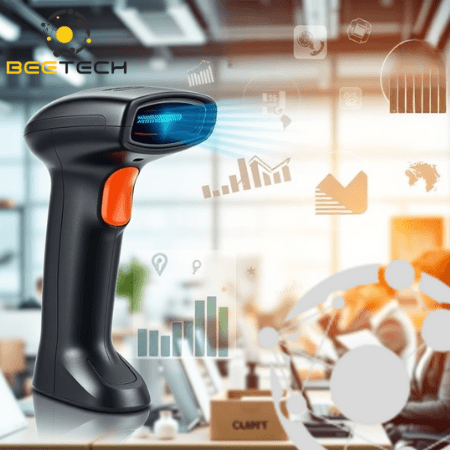
5 Barcode Secrets That Smart Businesses in Vietnam Are Using to Boost Logistics Efficiency
12/11/2025 08:00:46

GS1 US adopts 2D barcodes and intelligent data capture – Advancing toward a transparent and modern supply chain
07/11/2025 06:33:27

Barcode Technology: The Classic Tool Evolving for a Digital Supply Chain Era
06/11/2025 03:37:29
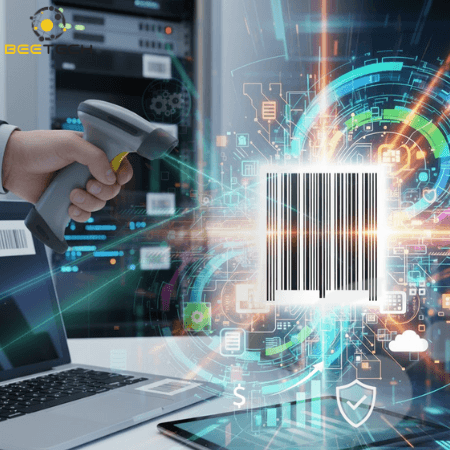
Barcode – An efficient and cost-effective asset management solution for modern businesses
05/11/2025 04:20:46

The future of barcode scanning technology: Key trends and practical applications in the digital era
31/10/2025 04:21:05